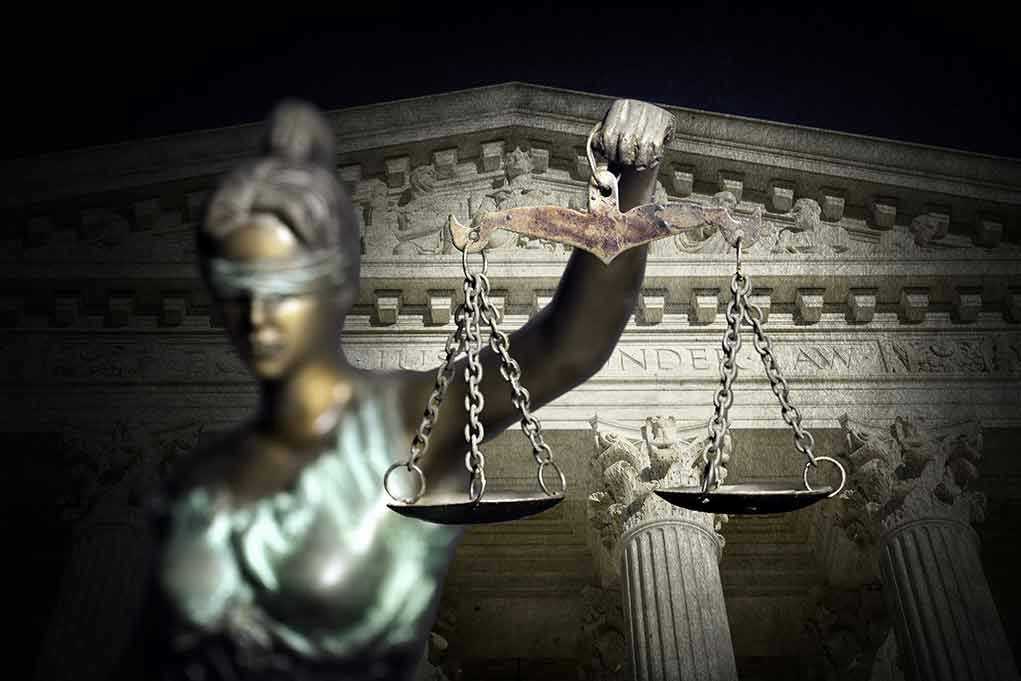
The Supreme Court has just greenlit a presidential power play that could send shockwaves through the entire federal workforce—leaving career bureaucrats, union bosses, and big-government apologists scrambling to make sense of what just hit them.
At a Glance
- The Supreme Court ruled in favor of allowing the Trump administration to proceed with massive layoffs across nearly two dozen federal agencies.
- This decision reverses a lower court’s injunction and underscores a major expansion of presidential authority over the federal workforce.
- Federal employee unions and progressive groups are decrying the move as an “unprecedented dismantling” of government bureaucracy.
- Thousands of federal jobs are now at risk, with major implications for government operations, local economies, and the future balance of power in Washington.
Supreme Court Lets Trump Unleash the Pink Slips
The Supreme Court’s recent decision is the kind of bombshell that would have sent the Founders scrambling for their quills—finally, a president is allowed to treat Washington, D.C. like the bloated, unsustainable business it has become. On July 8, 2025, the Court lifted a lower court’s injunction, giving President Trump the green light to push forward with a sweeping reduction in the federal workforce. This move affects nearly two dozen agencies, from the Department of State and Treasury to the Social Security Administration. For those who have watched the federal government balloon into an unaccountable leviathan, the ruling is a cold glass of water in the face of decades of bureaucratic inertia.
Unions and progressive legal activists were quick to cry foul, calling the decision a recipe for “irreparable harm” and warning of an “unprecedented and congressionally unsanctioned dismantling of the Federal Government.” Justice Ketanji Brown Jackson, ever the champion of government overreach, penned the dissent, arguing that the layoffs could cause lasting damage. Her warnings, laced with the usual hand-wringing over “democratic oversight,” read like a love letter to the status quo that gave us decades of runaway spending and faceless bureaucrats more accountable to their own job security than to the American people.
A Long-Overdue Correction to Bureaucratic Bloat
Trump’s executive order, issued back in February, directed agencies to prepare for “large-scale reductions in force” as part of his administration’s drive to curb government spending and increase efficiency. The establishment of the Department of Government Efficiency—already triggering the left—wasn’t just some symbolic gesture. It was a direct shot at the institutional rot that has allowed the federal workforce to expand despite stagnant or declining productivity.
Predictably, labor unions, advocacy organizations, and local governments ran straight to the courts, demanding congressional approval for any shake-up of their sinecures. Their lawsuit, filed mere days after the executive order, temporarily blocked the layoffs. But the Supreme Court’s unsigned opinion made clear the government is “likely to succeed” on the merits, justifying the decision to stay the injunction. In plain English: the president, as head of the executive branch, has the authority to manage federal personnel unless Congress steps in with actual legislation—not just indignant press releases and grandstanding floor speeches.
Winners, Losers, and the Road Ahead
For taxpayers and constitutionalists, this ruling is a rare win for common sense and executive accountability. The federal government is not a jobs program for the politically connected or the perpetually aggrieved. For too long, the unelected fourth branch of government—career bureaucrats protected by arcane civil service rules—has acted as a shadow legislature, insulated from the consequences of their own incompetence and excess.
The ruling doesn’t just allow layoffs; it sets a precedent for future presidents to wield real authority over the executive branch. Federal agencies are now expected to move quickly, with thousands of jobs on the chopping block. The immediate impact will be felt by agency operations and local economies dependent on government largesse. But the broader message is clear: government exists to serve the people, not the other way around. If Congress wants to stop layoffs, it will have to do more than just posture for cable news cameras—it will need to pass actual laws the president can’t ignore or subvert.












